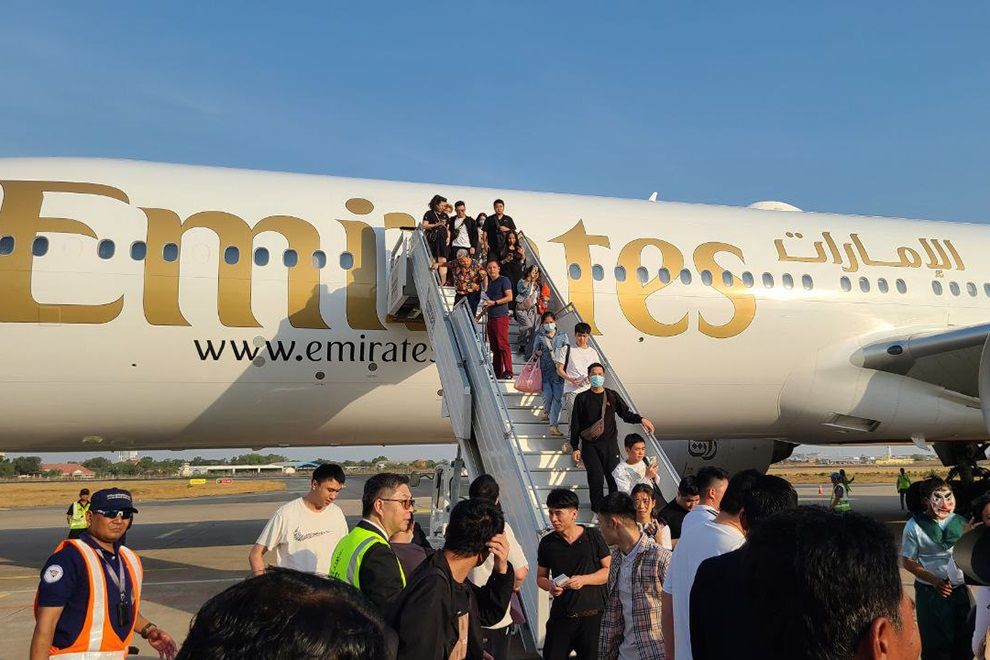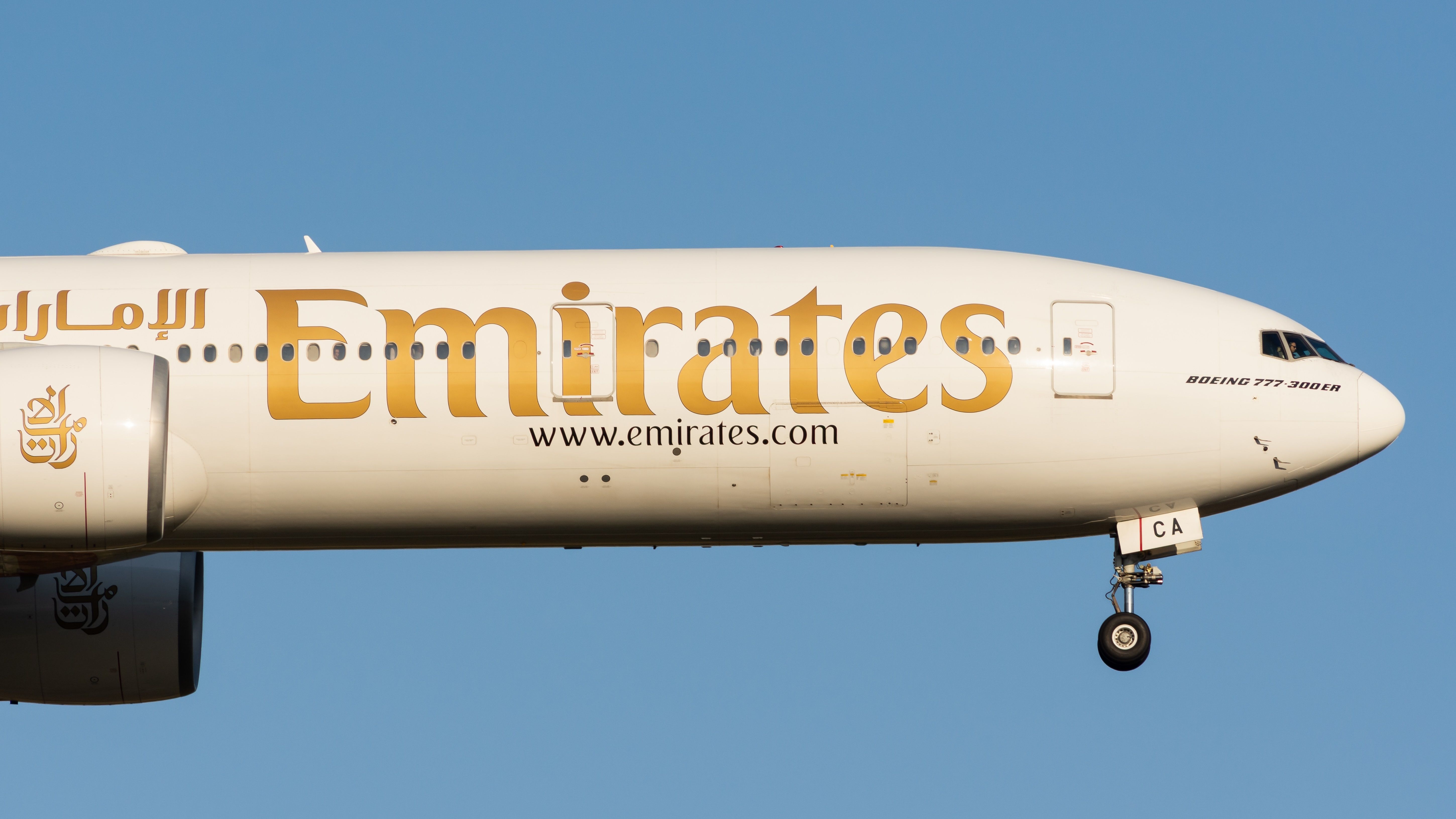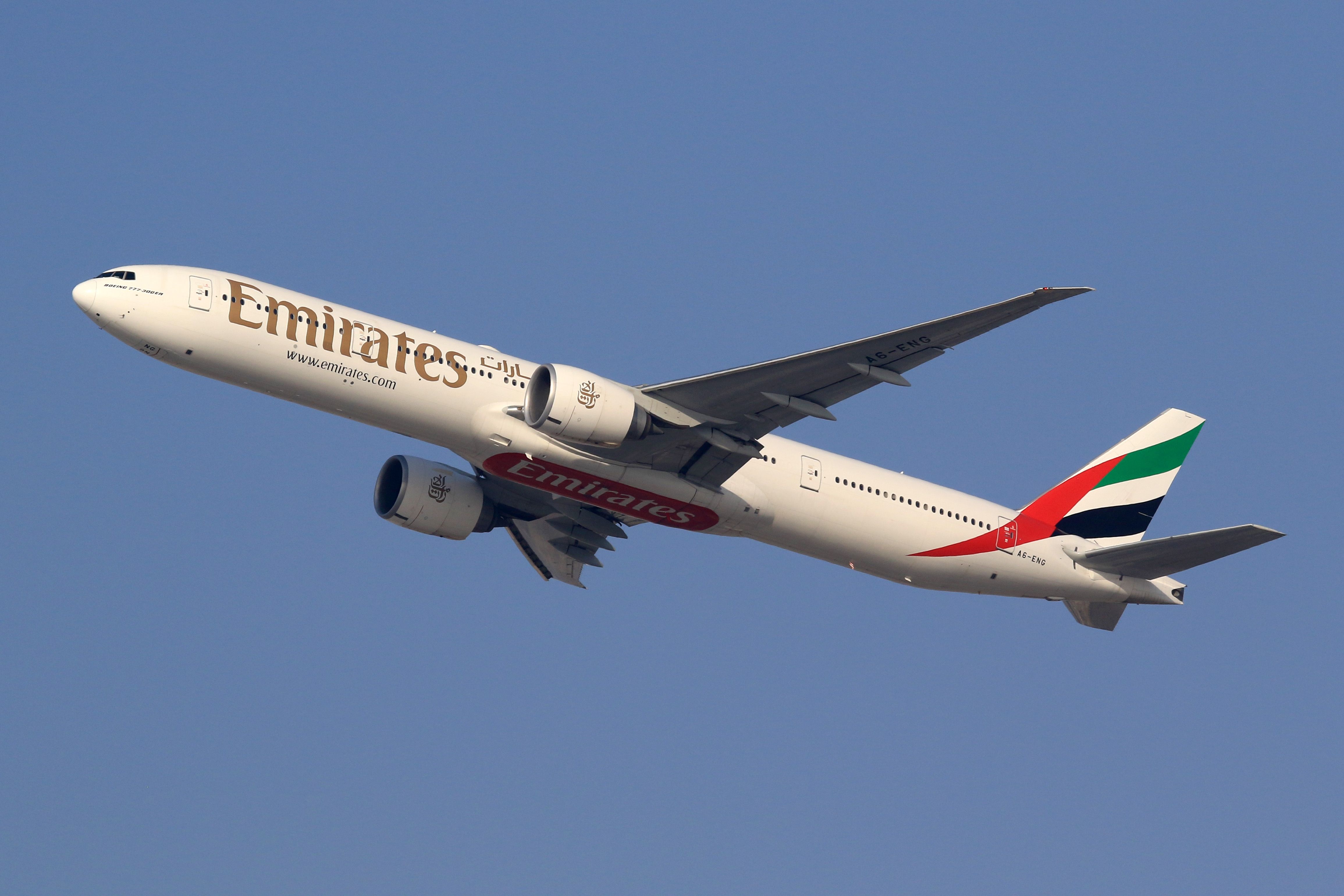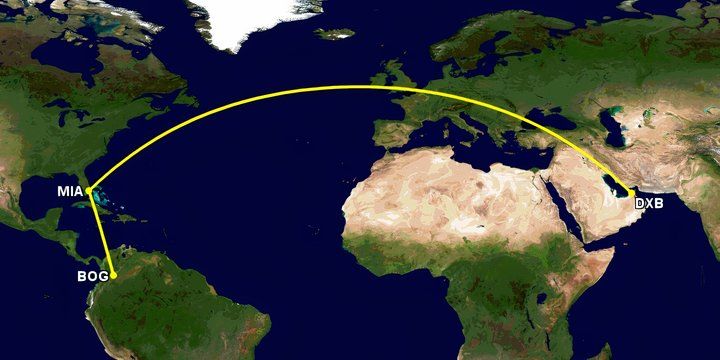Summary
- Emirates’ new Dubai-Miami-Bogotá operation will become the carrier’s longest passenger route.
- It will replace the current number one, Dubai-Barcelona-Mexico City, but not by much.
- The launch of Miami-Bogotá, with fifth freedom rights, will help with loads, as Emirates only filled 71% of Miami seats last year.
Emirates is the world’s 45th-largest airline by June to September flights, based on examining OAG data. The ranking isn’t particularly high as it has no domestic market and only uses widebody aircraft. Given its network and large-capacity equipment, using flights as a metric is not an especially fair way of analyzing things.
If only international services are considered, it rises to 14th globally; it is number one for widebody flights; and in second place, behind United Airlines, for long-haul operations.
Emirates’ new longest passenger route
If all the carrier’s route network is considered, its average flight covers 2,808 nautical miles (5,200 km), which obviously hides enormous variations. Emirates’ shortest airport pair is the 188 nautical mile (349 km) hop to Muscat, Oman, which even used the Airbus A380.

Related
Lucky Route? Emirates Begins Its 13th Fifth Freedom Service On A Boeing 777-300ER
This route started on May 1.
At the other extreme is the brand-new one-stop fifth freedom terminator service: Dubai-Miami-Bogotá. Operating daily using the Boeing 777-300ER, renowned for high belly-hold freight capacity, the 8,126 nautical miles (15,050 km) service starts on June 3. While Emirates has long served the Colombian capital with freighters, it will mark the first time for passenger flights.
Photo: Steve Worner | Shutterstock
Dubai-Miami-Bogotá
Until the tag-on begins, Emirates’ passenger flights arrive in Miami at 11:00. To ensure that the aircraft arrives back in Dubai during the peak inbound arrival bank of flights from North America, it leaves at 21:10. It has 10+ hours on the ground, which is, of course, unproductive.
Continuing to Colombia is a relatively cheap and pretty low-risk endeavor. However, flying via Europe, with fifth freedom rights, would probably make more sense, particularly regarding unserved markets and saving valuable distance and time.
Photo: Markus Mainka | Shutterstock
Of course, stopping in Europe would miss the point of better utilizing the aircraft. It would also not help Emirates to fill more seats, as the US Department of Transportation T-100 data shows that its Miami flights only had a 71% load factor last year. Flying via Miami means it can:
- Tap into the enormous Miami-Bogota market (~877 passengers daily each way (PDEW) last year)
- Carry a lot of freight
- Target the 102,000+ passengers who flew between Bogotá and Africa, Asia, and the Middle East (~140 PDEW)
- Carry passengers bound to/from Dubai specifically, the largest market from Bogotá to these three areas, but still a tiny market (~25 PDEW)
Image: GCMap
It doesn’t mean it’ll be easy…
The Miami stopover will be slow, painful, and inconvenient, especially with a family. Not only will travelers need a visa, but they’ll need to clear immigration, get their bag, recheck it, and go through immigration and security. Imagine if you originate in Bogotá and connect to another flight in Dubai! Ouch.
What do you make of it all? Let us know in the comment section.




